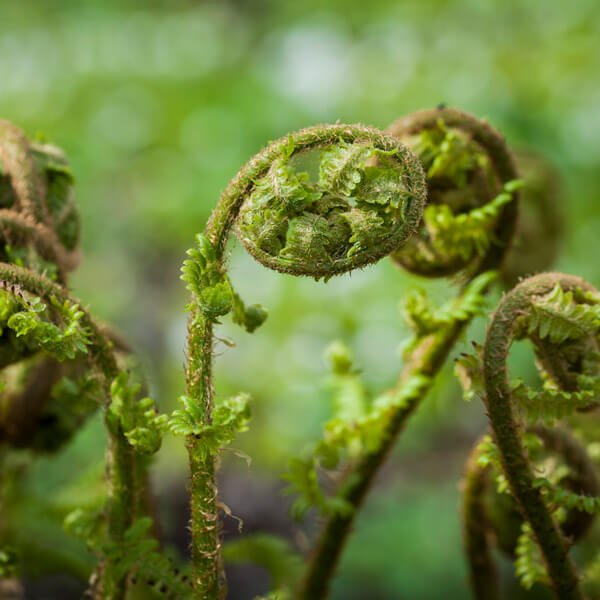The word arboretum refers to a collection or park of tree species. In the 1800s and early 1900s most self-respecting manor house owners had their own arboretums. Jakob Kavaleff (1870–1936), agronomist and owner of both the Haltiala and Niskala farms, established his own collection of exotic tree species on 2.2 hectares of land as a show park for the nursery he owned. Kavaleff was particularly fond of conifers and their special forms. He imported seeds and saplings from abroad and experimented with them in his nursery and arboretum.
The first trees were planted in 1905. After Kavaleff passed away, the arboretum gradually grew old and overgrown, and trees fell and died out. Ownership of the arboretum transferred to the City of Helsinki in 1961. The first thinnings were made in 1971 and 1972 to save individual trees of high value. The arboretum was granted nature protection status in 1984 in recognition of its rare trees and abundant birdlife. The latest maintenance and usage plan was approved in 2006. The planting of new saplings began after clearing in 2009.

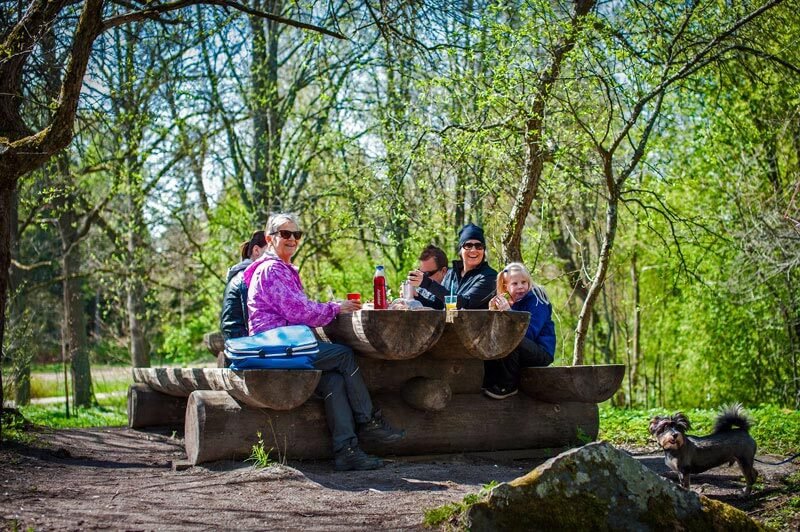

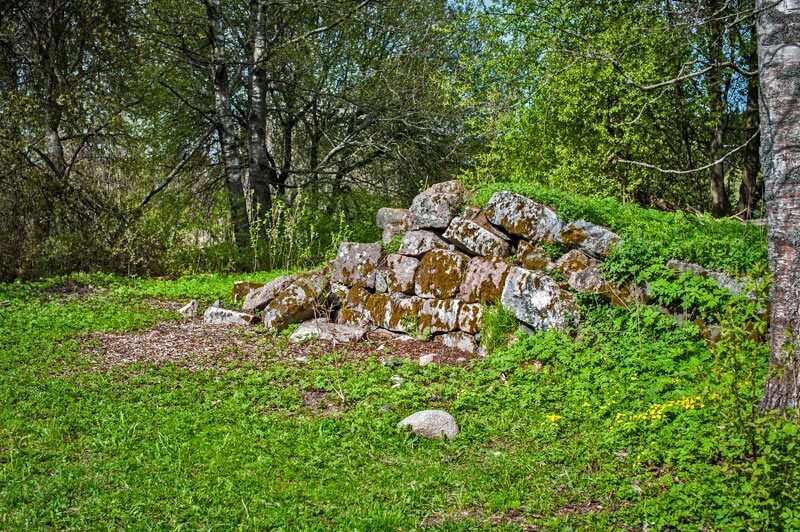
Niskala arboretum is being developed to allow visitors to enjoy the park in its entirety or to study in detail the many individual tree species. As of 2016 over 750 different taxa (species and varieties) can be found in the arboretum. Visitors to the arboretum can find old plants and the remains of buildings that hint about its history. Hollow trees, fallen trunks and a wealth of tree and shrub species highlight the natural values, offering shelter and food for the park’s rich wildlife that includes mammals, birds, insects and fungi. The aim is to nurture a woodland garden in which the plants form a multilayered entity, from the bottom layer of herbaceous plants to the green canopy above.
The trees and shrubs that have been planted in the arboretum mostly correspond to the species and varieties that Jakob Kavaleff could have planted in his time. Although traditional arboreta usually feature only tree and shrub species, Niskala Arboretum also has cultivars of species that are specially named, bred and selected. The arboretum is divided into sections that are connected by a network of paths. These sections feature trees and shrubs from North America, East Asia, Europe and Japan that are suitable to the climate in Southern Finland. There are also separate sections for conifers and native Finnish species.
The oldest trees in the park, i.e. those planted by Jakob Kavaleff, are marked by illustrated signs. There is also a special tree path with information for children and adults alike. On the west side of the arboretum next to the orchard there are rest areas with picnic tables. The paths in the arboretum are not maintained in wintertime.
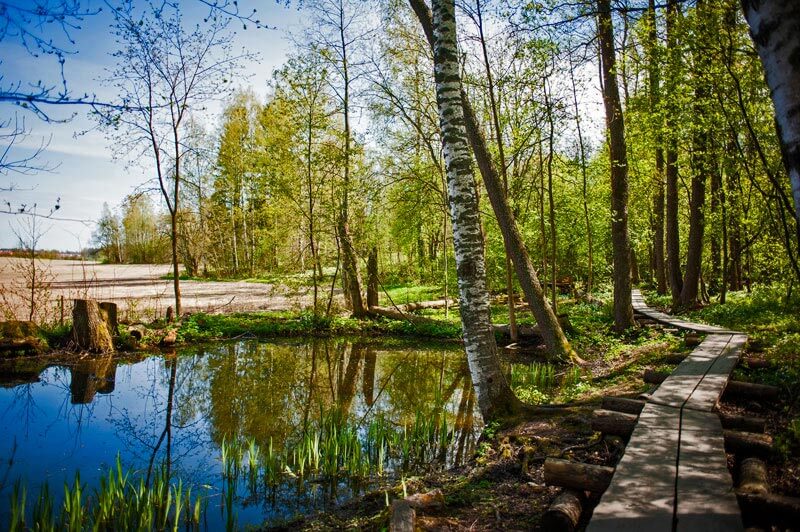
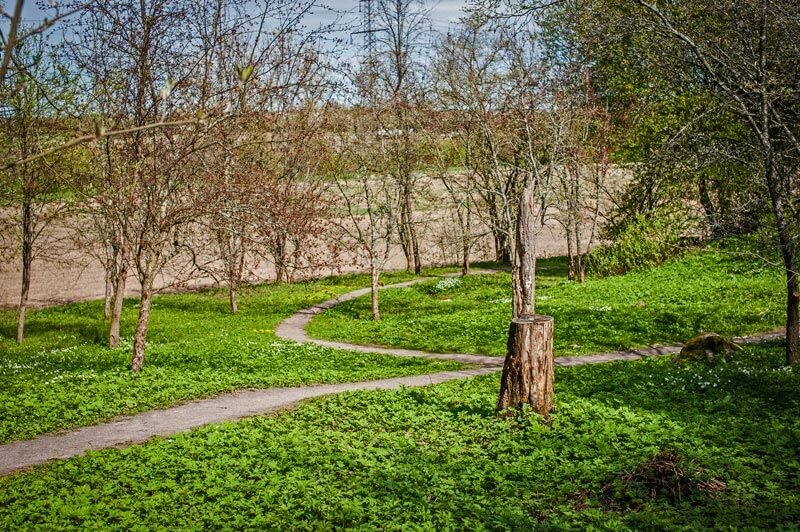
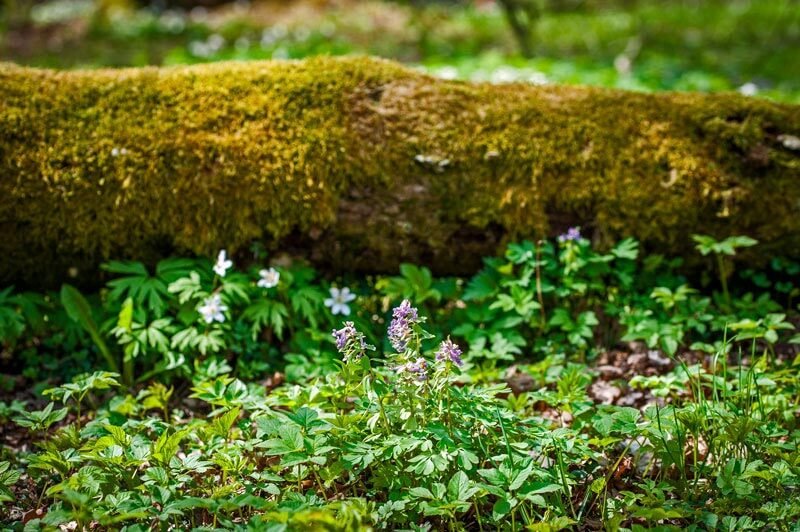
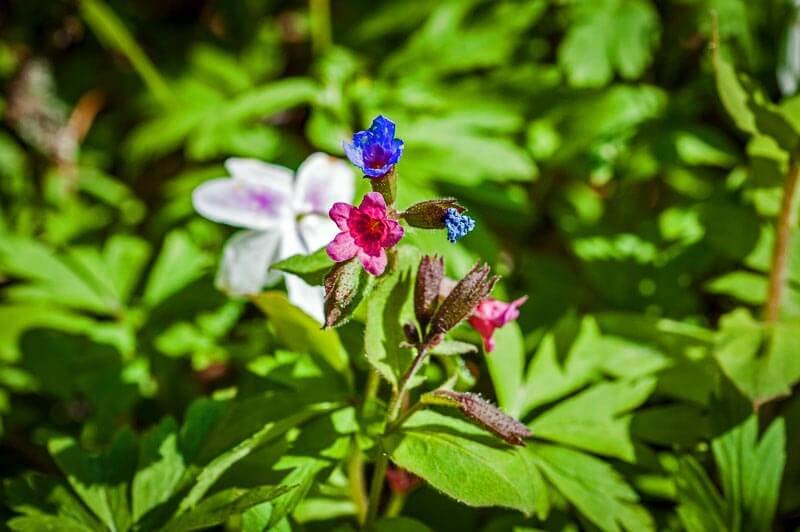
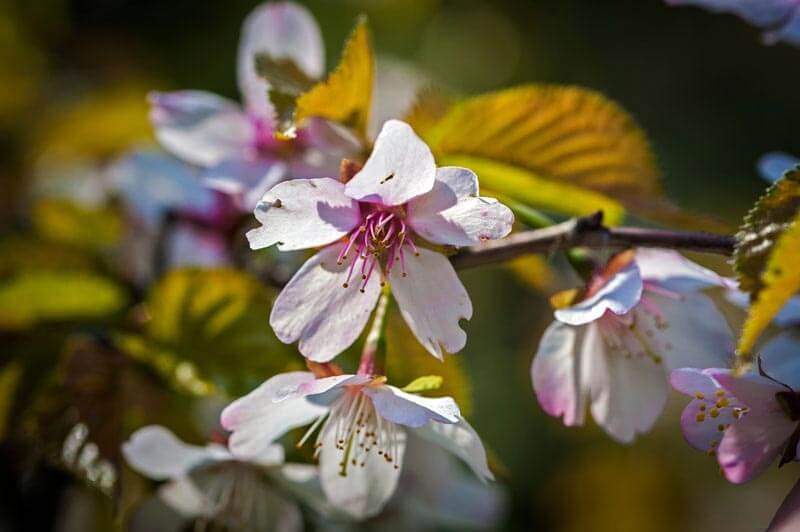

The City of Helsinki hopes that the arboretum will develop into a leading centre for dendrology in Finland amidst the attractive countryside just half-an-hour’s bus ride from the city centre.
1 Finland
This section features a selection of deciduous trees and shrubs that grow naturally in Finland. The pond and ditch are bordered by black alders, white elms, white birches, bird cherries and goat willows, which like the moist and rich soil. Silver birches, rowans, grey alders and mountain currant shrubs thrive in the slightly drier areas.
Frogs use the pond in spring for spawning, while on summer evenings bats hunt for insects here. Many grove species can be found in the area, including Trush Nightingales, Blackcaps, Icterine Warblers,
Reed Warblers and Savi’s Warblers.
Maintaining biodiversity is one of the guiding principles of the arboretum. That’s why there is a lot of dead and rotting wood left for different species. The arboretum is maintained as a rich forest with multiple layers and an abundance of species. In addition to the dense forest there are also small meadow areas where fruit trees and berry producing trees and schrubs are grown.
2 East Asia
Parts of East Asia have a climate similar to that of Finland, making it possible to transfer plants from these areas and grow them in Finland. Such areas can be found in the far eastern parts of Russia, by the Pacific Ocean, and in the north eastern parts of China, mainly in the Heilongjiang and Jilin provinces. They can also be found in some of the mountainous regions of the Korean peninsula. East Asian plants have been cultivated in Finland only since the early 1900s and initially only in collections, such as in botanic gardens and arboretums.
East Asia’s flora is very diverse with an abundance of species. Many of these plants are also extremely decorative. In general the trees in this area are smaller and often more delicate than the often large trees in North America. East Asian plants are typically continental climate species. The continental climate predominates in the dry temperate zones in the interior of the continent and is characterised by strong temperature fluctuations. Summers are dry and hot whereas winters are very cold. East Asian plants bud early and are therefore exposed to frosts. They are usually well prepared for autumn and can therefore cope well with the Finnish winter.
3 Conifers
This section features coniferous tree species from regions that have similar climates to ours in Europe, East Asia, Japan and North America. Many of these species are very decorative and their needles have different shades of green. There are significantly less coniferous trees than broadleaved trees in the world – approximately 600 softwoods species compared to more than 10,000 hardwood species.
Only four coniferous species are native to Finland: Norway Spruce, Scots Pine, Common Juniper and – in Åland only – Common Yew. However, there are altogether around 100 separate species of pine trees, 40 spruce species, a similar number of juniper species and eight yew species. Conifers are often associated with northern forests, yet most of them grow in the southern hemisphere and tropics. Larch trees are also conifers but they are deciduous, meaning they lose their needles in the autumn unlike evergreens.
4 Japan
The island nation of Japan has very rich and diverse flora. Its southernmost islands are situated near the tropics where the plants are unsuitable for the Finnish climate. Plants from the northern islands of Hokkaido and Honshu, however, do thrive in Finland. A separate section was therefore created within the Niskala arboretum to present a broad selection of these Japanese species.
Japanese trees and shrubs are typical of a humid oceanic climate with relative small annual and diurnal variations in temperature. The ocean stores heat like a radiator. It warms up in the spring slowly and gradually cools down in the fall. As a result, plants start to grow late in the spring and are not exposed to frosts. However, they may be exposed to frosts in autumn, as they prepare late for winter. In severe winters they can be damaged badly.
The cultivation of Japanese plants in Finland began in the late 1800s, when collectors would import the rare seedlings from European plant nurseries. Since Japan was cut off from the rest of the world for such a long time, the scientific documentation of its flora began quite late.
5 North America
Parts of eastern and northeastern North America are home to plants that could be transferred successfully to Finland. The first plants from North America were collected by a Finnish priest, explorer and botanist Pehr Kalm (1716–1775), a student of Swedish botanist Carl von Linné, in the 1750s.
This section features North American broadleaved trees and shrubs with their unique features and often decorative leaves. Plants in the eastern parts of North America generally require a high degree of accumulated temperature, which is used to describe the importance of heat during the growing season. Calculating the accumulated temperature begins when the average temperature exceeds + 5 °C. The annual accumulated temperature is the sum of the average temperatures on days warmer than this.
Plants in North America bud slowly in spring, but can grow late into the autumn. They often have good frost resistance and are therefore well suited to the Finnish climate. In addition to the exotic species that grow in the rich groves of the arboretum, rare domestic grove plants can also be found, such as dog’s mercury, yellow anemone and wych elm.
6 Europe
This section features examples of trees and shrubs from Continental Europe that are not native to Finland. These plants must be selected carefully to make sure they can cope with the Finnish winter. This highlights the importance of the origin of the plants. Those from too far south will not prosper. The large broadleaved trees in this section represent typical native European tree species of a deciduous woodland: Norway Maples, Black Alders, English Oaks, Silver Birches.
European trees and shrubs have been cultivated in Finland since the 1700s, some with more success than others. The recent global warming has made it possible to cultivate many more species from Continental Europe here in Finland successfully.
Trees and shrubs from Continental Europe generally do not have as spectacular autumn foliage as species from other continents. For example, red foliage is quite rare in European flora.

